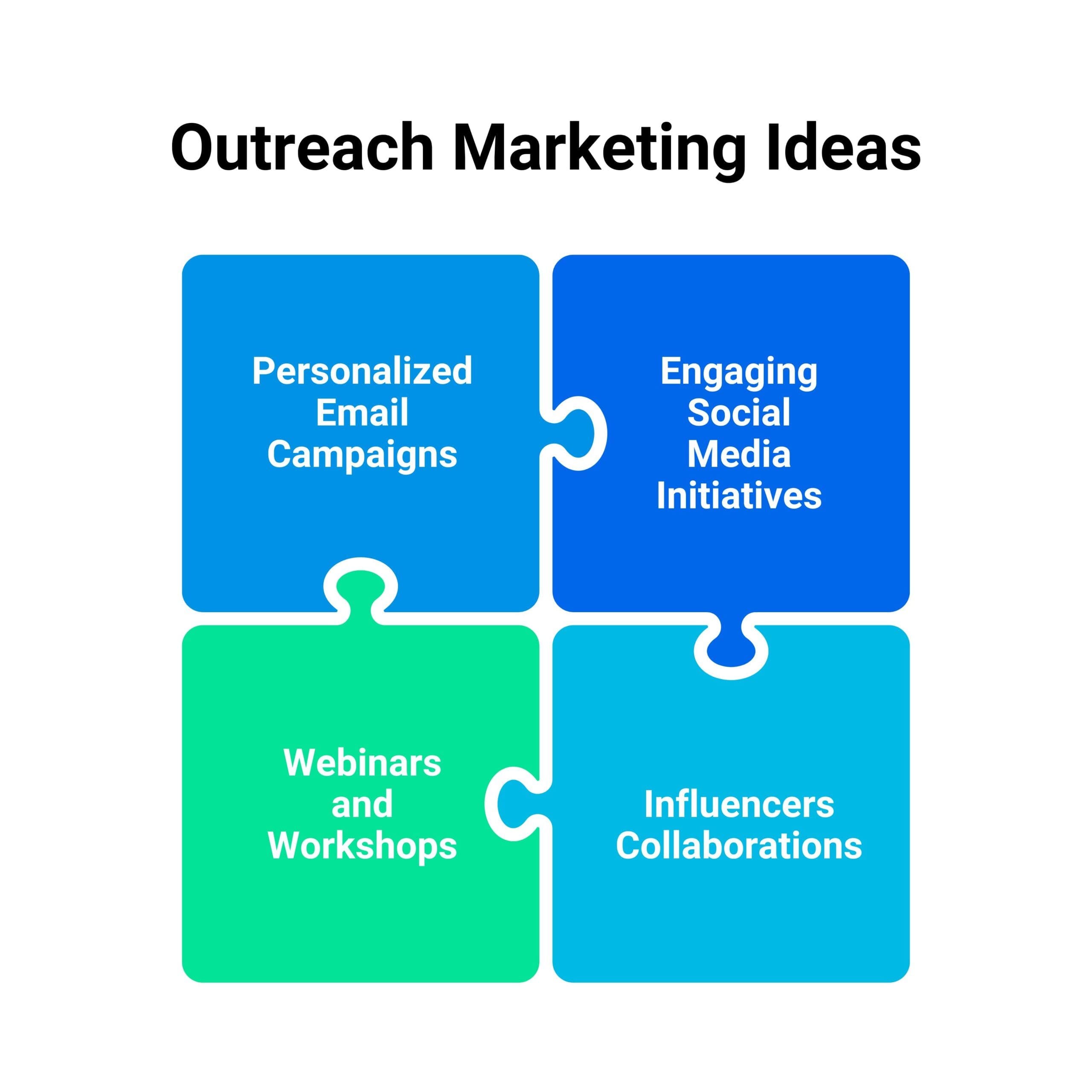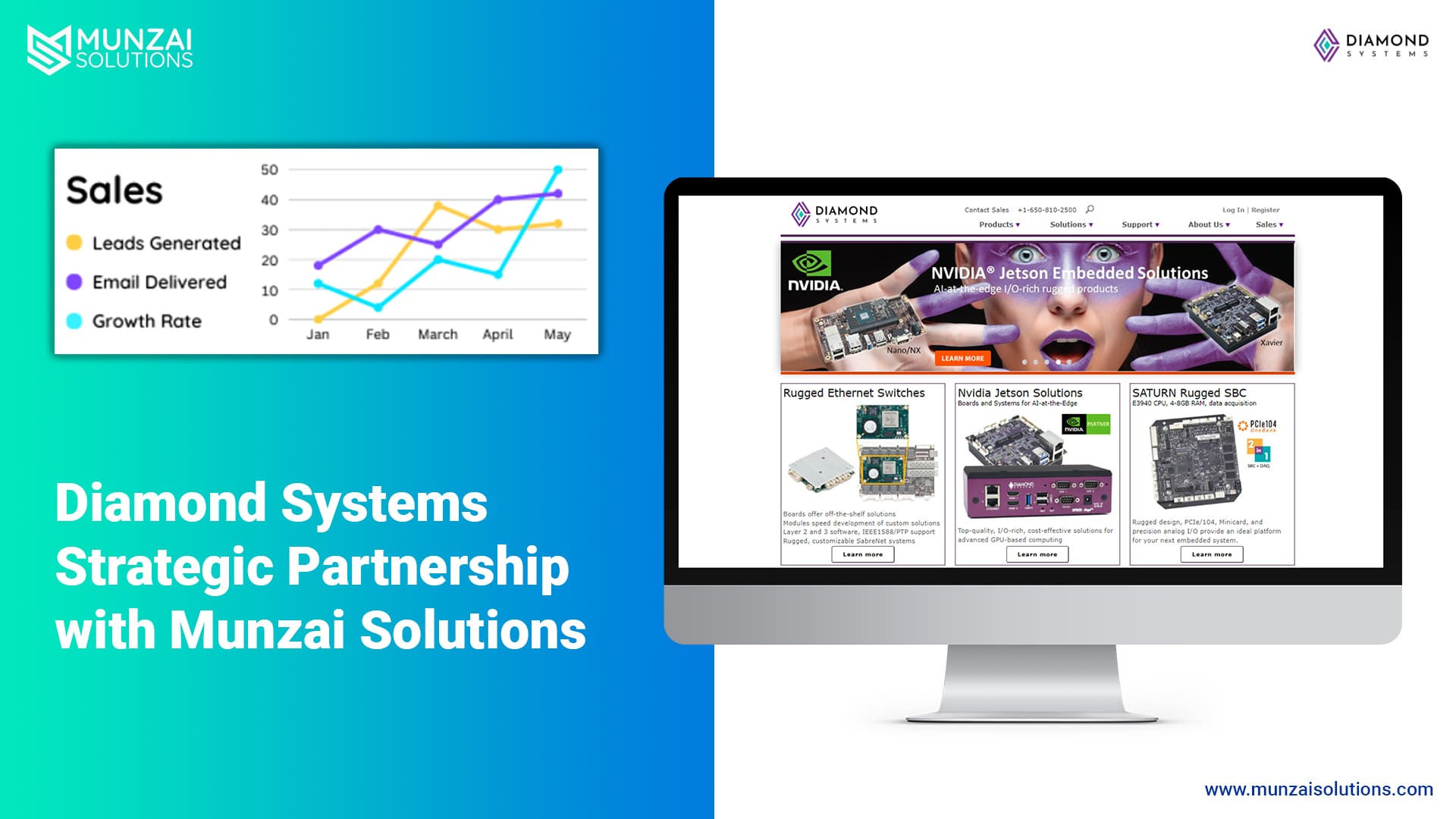Outreach marketing is a proactive strategy that businesses employ to connect with their target audience, build relationships, and create meaningful interactions beyond traditional marketing channels.
Understanding Outreach Marketing
Unlike traditional marketing which often involves one-way communication focused on promoting products or services, outreach marketing emphasizes engaging in two-way conversations. It seeks to establish a genuine connection with potential customers by understanding their needs, preferences, and pain points. This approach involves reaching out to individuals or groups through various means, such as personalized emails, social media interactions, influencer collaborations, and events. The goal of outreach marketing is to encourage authentic relationships, build trust, and create a positive brand image, driving customer loyalty and business success.
An Effective Outreach Strategy

An effective outreach strategy involves a thoughtful and targeted approach to connect with your audience, build relationships, and achieve specific goals. Here are key elements for designing an impactful outreach strategy:
- Define Your Objectives: Clearly outline your goals and what you aim to achieve through outreach. Whether it is brand awareness, lead generation, or customer retention, having a specific objective will guide your efforts.
- Identify Your Audience: Understand your target audience and customize your outreach efforts to resonate with their needs, interests, and preferences. This ensures that your messages are relevant and engaging.
- Personalization is Key: Personalize your outreach messages to make them more individualized. Use data and insights to understand your audience, addressing them by name and catering your content to their specific requirements.
- Use Multiple Channels: Expand your outreach across various channels such as email, social media, influencer collaborations, and events. Each channel offers unique opportunities to connect with your audience.
- Build Relationships: Focus on building genuine relationships rather than just pushing products or services.
- Provide Value: Offer valuable content, insights, or exclusive offers to your audience.
- Track and Analyze: Implement tools to track the performance of your outreach efforts. Analyze metrics such as open rates, click-through rates, and social media engagement to refine your strategy based on what works best.
- Adaptability: Stay adaptable to changing trends and audience behaviors. Regularly reassess your strategy and be willing to adjust.
By incorporating these outreach tips into your strategy, you can establish meaningful connections with your audience, drive engagement, and achieve your business objectives effectively.
Differentiating Marketing and Outreach
While marketing focuses on promoting products or services, outreach emphasizes building relationships. In outreach marketing, the goal is to create a two-way communication channel, ensuring that customers feel valued and heard.
Marketing, in its broader sense, is a complete approach that involves creating, promoting, and selling products or services to a wide audience. It encompasses various activities such as advertising, content creation, and social media engagement to build brand awareness, generate interest, and drive sales. On the other hand, outreach is a targeted strategy involving direct communication with specific individuals, groups, or communities. It aims to establish connections, maintain relationships, and address needs. While marketing aims for broad visibility and sales, outreach focuses on personalized connections and relationship-building. Together, they create an all-rounder and effective approach to audience engagement.
Outreach Marketing Ideas

Personalized Email Campaigns:
Create personalized emails that repeat with your audience’s interests and needs. Addressing them by name and tailoring content can significantly enhance engagement.
Engaging Social Media Initiatives:
Utilize social media platforms to actively engage with your audience. Respond to comments, ask questions, and create polls to encourage participation.
Influencer Collaborations:
Partner with influencers in your industry to expand your reach. Influencers can bring authenticity and credibility, helping you connect with a wider audience.
Webinars and Workshops:
Host webinars or workshops to showcase your expertise. This not only provides value to your audience but also positions your brand as an authority in your niche.
Measuring Outreach Success
Measuring the success of your outreach efforts is crucial to refining your strategy and achieving your marketing goals. Here are key metrics and approaches to measure the effectiveness of your outreach:
- Response Rates: Track the percentage of responses received from your outreach messages.
- Conversion Rates: Measure the number of conversions resulting from your outreach efforts.
- Engagement Metrics: Analyze engagement metrics such as click-through rates (CTR), open rates, and social media interactions.
- Lead Generation: Assess the number and quality of leads generated through your outreach campaigns.
- Customer Acquisition Cost (CAC): Calculate the cost of acquiring a customer through your outreach activities. This metric helps you understand the efficiency of your marketing spend in acquiring new customers.
- Social Media Metrics: If your outreach involves social media, monitor metrics like likes, shares, and comments. Social engagement reflects the level of interest and connection with your audience.
- Brand Mentions: Keep track of instances where your brand is mentioned online whether in comments, reviews, or other discussions. Positive mentions contribute to brand awareness and reputation.
- Website Traffic: Evaluate the impact of your outreach on website traffic. Use tools like Google Analytics to measure the increase in visits to your website.
- Survey Feedback: Implement surveys or feedback forms to directly gather insights from your audience.
- Customer Retention: Assess whether your outreach efforts contribute to customer loyalty and retention. A successful outreach strategy not only attracts new customers but also nurtures existing ones.
- Return on Investment (ROI): Calculate the overall ROI of your outreach campaigns by comparing the gains with the costs. This comprehensive metric helps determine the profitability of your marketing efforts.
Regularly analyze these metrics to gain a complete understanding of your outreach success. Combine quantitative data with qualitative insights to make informed adjustments to your strategy, ensuring continuous improvement and alignment with your marketing objectives.
Conclusion
Outreach marketing stands out as a powerful tool to build lasting connections with your audience. By adopting a personalized approach and utilizing various channels, businesses can create meaningful engagements that drive success, Therefore Striking a balance between traditional marketing methods and proactive outreach is key to achieving an all-inclusive and effective marketing strategy.




